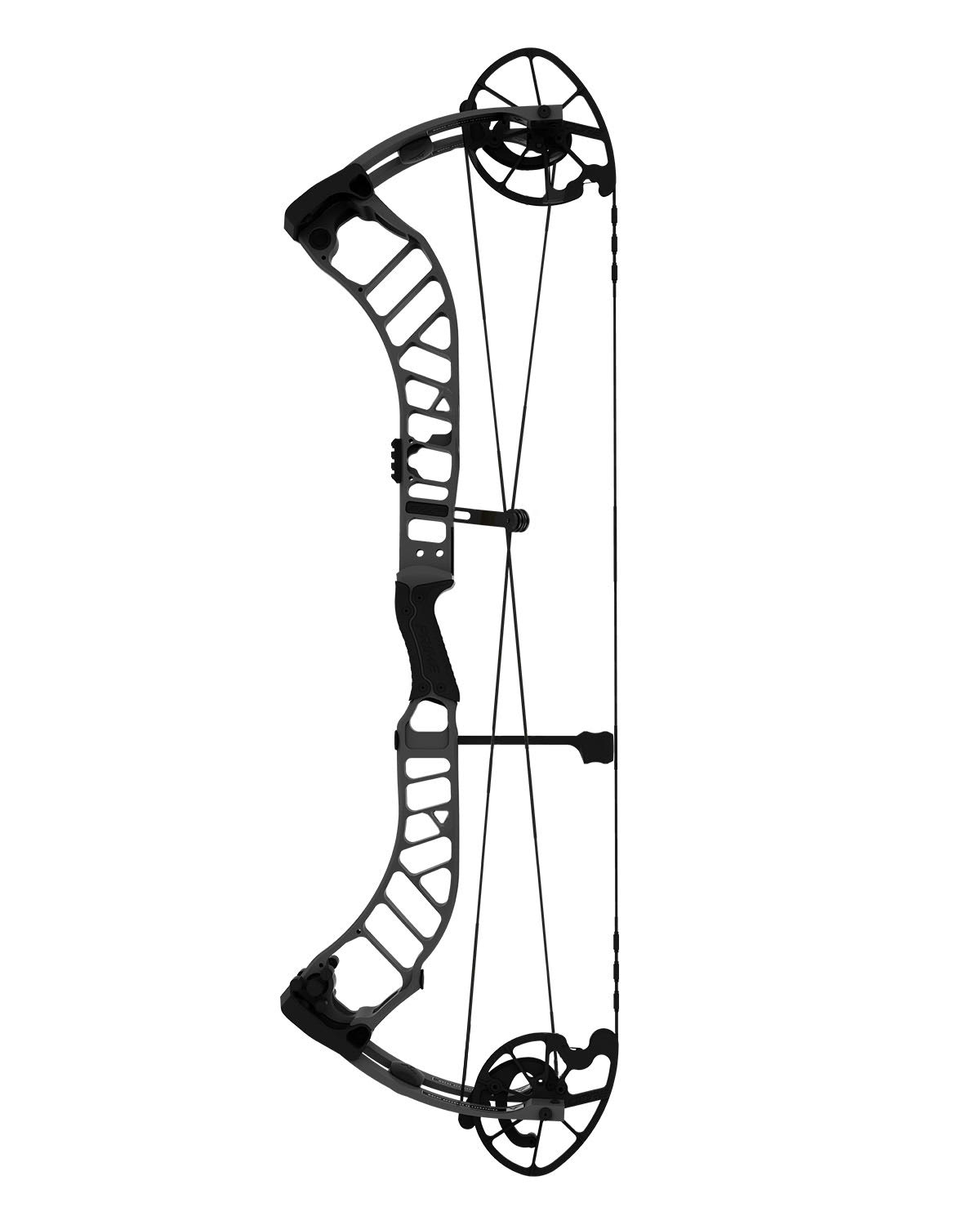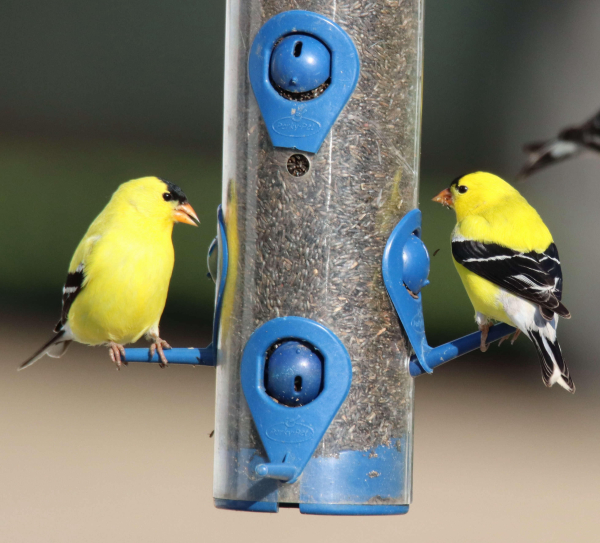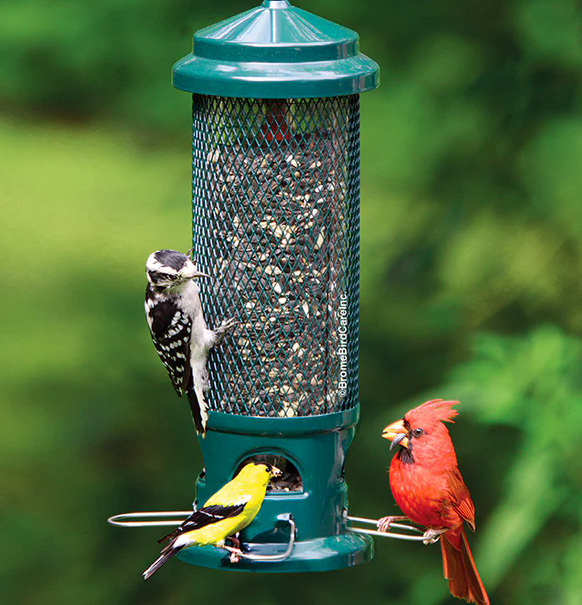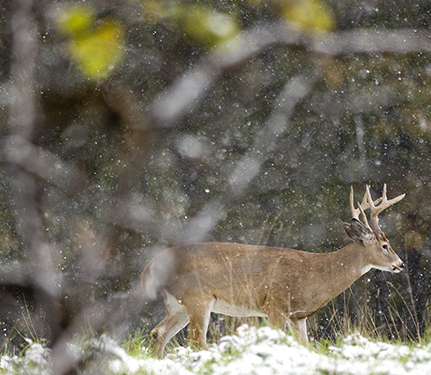Prime Time for Muzzleloaders
By Glen Wunderlich
With a week remaining in muzzleloading deer season in Michigan’s southern zone (Zone III), the harsh wintry weather upon us can provide some of the hottest hunting of the season. Food sources become magnets of opportunities for hunters prepared to brave the elements, as deer travel farther to feed. Not only are more deer concentrated in feeding areas, but they tend to move more freely during available hunting light. Accordingly, hunters able to withstand harsh conditions actually have some advantages that only late-season muzzleloading can provide.
The first advantage realized in late season hunting is the lack of other hunters. During the regular season, smart hunters rely on the fact that other hunters will be moving about and pushing deer from cover. During December, however, deer are not being pressured as much and will move to feed on their own accord, and they’ll do it before darkness descends in afternoon sessions.
Another advantage is gained with snow on the ground. Although a deer’s keen eyesight will spot a hunter’s movement more readily, a wise hunter can turn the tables by stand hunting. Sitting still can be a challenge in trying conditions, but modern portable blinds or fixed shacks with heaters can translate into success with your being in position before deer arrive.
While on the subject of stand hunting, fidgety youngsters can join the excitement – either as company or participants – as long as they can stay warm and comfortable. And, with the versatility offered by downloading muzzleloader powder charges and using lighter bullets, kids can hunt, too, without fear of excessive recoil, yet with enough energy to get the job done. To custom load for youngsters or those of slight build, it is necessary to power a given load with loose powder, rather than using convenient pellets. It’s really no big deal insofar as the loading is performed before heading afield. Just make sure to pack some extra loads beforehand, which brings us to the next point for consideration.
If a hunter is fortunate enough to get a shot, it’s important to do two things immediately afterward: 1) Watch the deer as long as possible to gain an understanding of its path, and 2) Reload immediately thereafter. Even if the deer is down, an experienced hunter will be ready for the unexpected by dutifully preparing a follow-up shot. Many deer have been lost, because muzzleloader hunters assumed the hunt was over.
There is one final word of caution for the successful hunter: Keep your deer from freezing. A month ago, hunters were faced with warm weather and the task of cooling off the meat. Now, however, cold weather presents a challenge to keep the deer from freezing. With temperatures well below freezing, deer cannot be hung outdoors for extended periods of time without the meat being negatively affected. Because the deer must be thawed to butcher it and then frozen again for storage, it won’t taste good; therefore, have a plan.
With a bit of luck, proper planning, and some “bad” weather, the coming week can be the best opportunity for deer-hunting success and bagging a good buck all season.






